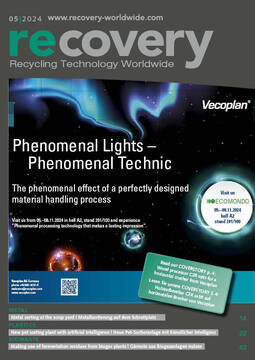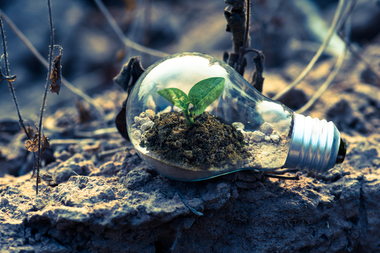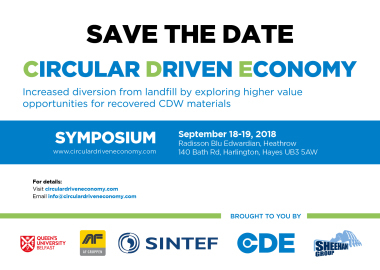Perspectives on “zero waste design”
“Zero waste design” is a creative approach for sustainable practices to avoid waste as far as possible or reduce it to a minimum. Essentially, this sounds like an excellent idea, but apparently there are many views about the different possibilities, processes and uses. In the following article, the author provides an insight and perspectives on this topic and discusses the different approaches and gauges where society stands today.
1 Introduction
The topic of zero-waste design appears to motivate many industries, companies and interests. Houses (Fig. 1) can be built from sustainable products. This attracts the interest of entire groups of architects, who are working on new design guidelines to realize the targeted sustainable goal as consistently as possible. The car industry communicates the idea that cars can be built and driven sustainably (Fig. 2). Great efforts are undoubtedly being channelled into development to build ever better and higher-performance cars with minimized materials and resources. The fashion branch (Fig. 3) is fascinated by the thought of using lengths of material while eliminating cutting waste in the design of dresses and clothes, and thereby minimizing waste in the manufacture of clothes to save resources and mitigate the negative impact on the environment associated with the manufacture of clothing.
On the other hand, we have been told that the resources available on the earth in one year had already used up by 1 August this year. This is also referred to as Earth Overshoot Day and is intended to stress how more resources have been used than are available. The day tends to fall on an earlier and earlier date (Fig. 4). There are some countries in which this “Overshoot Day” is already reached at the beginning of the year (Fig. 5). These include countries like the USA or the United Arab Emirates (UAE), which hosted the COP 28 Climate Conference of the United Nations. Countries in which Overshoot Day comes later in the calendar year include Ecuador and Indonesia. But there too, resources are already used up before the end of the year. Up to 2084, the global population is set to grow, 10.2 bill. people could be reached by the year 2100.
2 The zero-waste design approach
Zero-waste design attempts to minimize waste based on consideration of the entire lifecycle of resources, materials and products. This integrated approach is based on sustainability, resource efficiency and environmental responsibility, and it indicates the importance of a circular economy in which resources are used as efficiently as possible and reused wherever they can be. Besides waste avoidance, lifecycle thinking is imperative. It is important to look at the entire lifecycle of resources and products, from extraction/production to disposal or reuse. Only in this way is it possible to minimize the consumption of resources and the production of waste. This includes the selection of long-lasting materials and a product design for easy dismantling and large-scale recycling. The problem here is that there are no binding regulations. At best, a few countries have come up with guidelines on individual types of waste or products.
The European Union, which is generally regarded as a frontrunner in such matters, has initiated legislation for the waste management sector. In 2018, the member states agreed to a revision of directives on waste, packaging, packaging waste and the operation of landfills to lead the EU towards a circular economy. The transformation from waste to resources has become a key issue especially in towns and cities. Municipal and district authorities have to introduce effective collection systems (Fig. 6) that enable clean separation of different materials. The materials collected separately include organic substances (foodstuffs and garden waste), recyclable materials like paper, cardboard, glass and plastic, electronic equipment waste and similar as well as general waste. Individuals can make a further contribution by wearing second-hand clothing or using repaired products rather than buying new.
In the consumer society of the rich western countries, new clothes are sometimes only worn once to fit in with certain societal or social norms. There is no end to such negative examples. Take the disposal of food by supermarkets, etc. after the sell-by date has been reached or the consumption of cosmetics and household products that are used en masse with no or only limited benefit. Unilever, one of the biggest global consumer goods companies with products (Fig. 7) that are widely used and consumed, is, of course, also addressing this issue and has, for instance, launched the initiative “Rethinking plastics packaging”. The company’s goal is that by 2030 all packaging made of hard plastic and by 2025 all packaging made of soft plastic should be recyclable, reusable or compostable.
The realization of the goals, like those of Unilever, in the direction of “zero waste design”, waste avoidance and conserving resources depends largely on people themselves. If recyclable or reusable materials are not collected and returned to the cycle, no circular economy can be achieved, raw materials will continue to be wasted and the “zero waste design” approach will remain only wishful thinking. It is equally unhelpful to remain idle and wait for policy-makers, industry or business to act.
3 Avoiding unbridled consumption of resources
The Ellen MacArthur Foundation based in Great Britain is working to accelerate the transition to a circular economy [1]. The foundation has probably the biggest network on this topic worldwide and works together with companies, universities, political decision-makers and institutions to promote and further develop the goal of a circular economy. In an article in the journal recovery – Recycling Technology Worldwide 4/2022 [2] on the level of development in the recycling of plastics, it was reported that the Ellen MacArthur Foundation has found out that of the total of 134 million tonnes per annum (Mta) plastic waste, only 21 % can be recycled with the technology available today, while the overwhelming part of 79 % is not recyclable, which, in some cases, clearly contradicts figures on recycling rates released for different countries and regions [2; 3].
One important sector to which the Ellen MacArthur Foundation is committed is the recycling of plastics. Other topics prioritized by the foundation include clothing, recycling packaging waste, natural regeneration and renewal, food production as well as composting and biogradability of materials. Fig. 8 and Fig. 9 show information from the Ellen MacArthur Foundation that was used in the article in recovery – Recycling Technology Worldwide 4/2019 [9] on the topic “Throwaway clothing – the limitations of textile recycling”. It is essential with such topics on the useful lifetime of textiles is that a non-profit organization or a non-governmental organization (NGO) reports on them. Other correlations should be described that show the status of the circular economy and where formidable obstacles must still be overcome.
Many big multinationals are partner companies of the Ellen MacArthur Foundation. The list is too long to pick out individual companies. Interesting is how Ellen MacArthur is constantly pursuing the goals and development of the partner companies, making these transparent and also presenting them in reports and at annual summits. The last summit in 2023 was headed “Redesigning the future: A circular economy showcase” [4]. Also interesting is that the expression “zero waste design” is found as good as never in the foundation’s publications, Instead, for example, a butterfly diagram (Fig. 10) is presented which shows the individual levels and areas of a circular economy and makes clear where more thought is needed on individual aspects and correlations to make a circular economy successful. The conclusion is: a circular economy can only succeed based on a sense of togetherness in society.
If we take a closer look at Fig. 4 and Fig. 5 of this report, other issues strike us. In particular there are highly developed countries like Qatar, UAE, the USA, Canada, Luxemburg, Denmark, the Netherlands and Belgium that report a particularly high consumption of resources. If energy costs relatively little, more energy is consumed and energy-saving schemes come to nothing. These are resources that will be lacking future. The NGO Global Footprint Network provides information on why European countries like Luxemburg perform so badly in comparisons. One answer is that these countries have a footprint because of the high resource consumption that leads to a high value in comparison with the low biological capacity of the country. It is important therefore to cover and offset resource consumption in these countries.
4 Key data
4.1 Plastics
Unilever has set itself the goal of making packaging ecological and perhaps managing completely without plastic in future. At present, at Unilever, 53 % of the plastics used are recyclable, reusable or compostable. For some of the packaging, this is already 100 % technically possible. Unilever has pledged to reduce virgin plastics in its packaging by 30 % by 2026 and by 40 % by 2028. Moreover, in 2025 packaging should already contain 25 % recycled plastics. I, myself use, for example, hair care products in packaging that is made of 100 % recycled material but still comes in an elegant black colour (Fig. 11). Up until recently, I did not know that black plastic bottles with certain pigments cannot be recycled or require special processing and are therefore mostly thermally treated or even land on landfills.
The real problem with plastics is the huge mismanagement (Fig. 12). The figure shown comes from the publication in [2]. Shown are plastic waste streams with 2016 as a reference year and an outlook for the year 2040 in [5]. It can be seen that the uncontrolled disposal of plastics makes up a large proportion and by 2040 will account for the lion’s share of waste if nothing major happens. The current quantities being recycled do not even reach half of the quantities that end up at landfills. The quantities incinerated in an uncontrolled process as well as those polluting the earth (rivers, lakes) and the oceans are today already extreme and can increase further to catastrophic levels. The hair on the back of my neck stands on end when I see, for example, how tonnes of plastic waste are polluting beaches on the island of Bali.
4.2 Architecture and raw materials
Green architecture and sustainable living are popular topics of discussion today. There are entire libraries packed with knowledge on this. Copenhagen in Denmark provides lots of examples of how recycled materials and those from demolished housing are used to create new houses [6]. One example is the Lendager Group that has built 20 new townhouses made of recycled materials (Fig. 13). In the penthouse in which I now live in Varna on the Black See, attention has also been paid to sustainable construction: High-quality insulation material has been installed to achieve a low energy footprint. This summer with temperatures of 32 °C, I have managed so far with ceiling fans although there are air conditioning systems in the rooms. All window surfaces in the house and on the patio consist of float glass and make up around 100 m2. However, used float glass has so far not been used worldwide for the production of new float glass.
In my household in Varna, waste is separated into used glass, paper/cardboard and plastic (Fig. 14). Up to now there are only few collection containers where we can dispose of the sorted materials. But I am happy to take detours and go the extra mile because we have to start somewhere. In Germany and elsewhere, where waste separation has existed for a very long time and in some cases is becoming more and more confusing, only few can imagine this. Very interesting is the question of what happens after waste separation and how the material streams are processed. Fig. 15 shows again the collection rates for container glass in Europe from 2021, published here in [7; 8]. For me, the 78 % collection rate in Bulgaria appears a little high if I compare the collection habits and infrastructure in Bulgaria with those in Germany.
4.3 Textile consumption
From the perspective of the retail chains, I am probably not going to be their favourite consumer as I buy hardly anything new. Especially when it comes to clothing, I have already two and three of everything and underwear for at least three to four weeks. Around 20 % of the things in my wardrobe (Fig. 16) I have never really worn or only tried on. Instead, I wear, for example, my t-shirts even with holes in them. Women tend to be influenced far more by the dictate of the fashion industry and changing trends. Fashon and figure appear to be closely associated with each other. Clothes as an expression of self-determination, but there are also the beauty ideals largely created by men that some women like to emulate. This can be the subject of admirable discussion. Sometimes I try to imagine how those millions of people feel who only possess the clothes they are wearing at this moment.
Instead, what the fashion industry dictates is complete madness. Putting something new on every day. Once you’ve worn something two or three times, you can throw it in the bin. No need to go to a clothes store now either, items can be delivered to your home and simply sent back if you don’t like them. Here a few figures from a publication in [9; 10]. An estimation by the GFA (Global Fashion Agenda) and BCG (Boston Consulting Group) reports that the used textile market in 2015 was valued at € 4 bill. compared with € 165 bill. in sales for the textiles and clothing industry. Ultimately, in Europe, only 18 % of clothing is reused or recycled after it has been discarded (Fig. 17). 54 % of the available clothing is sorted out and disposed of every year. From this, 20 % lands in collecting and sorting systems and 80 % in the waste. 70 % of this clothing waste ends up on landfills and 30 % in incineration.
5 Outlook
“Zero waste design” is undoubtedly an important mission. But you can’t expect any miracles from it. The problem, however, is that is exactly what is expected, with a common belief that “zero waste design” can give us control over waste and resources. The many figures on this make clear that humanity is growing, with more and more resources being consumed, and many resources already running out. An important step would be to move away from the ideas of a consumer society and live more sustainably. However, only few people do that, and with increasing income in the world, a middle class is growing who has done without consumerism for many years and now also wants to indulge. Despite all the negative figures and outlook, it is nevertheless necessary to do something for recycling and against the waste of resources.
Literature
Author:
Dr.-Ing. Joachim Harder, OneStone Consulting Ltd., Varna/Bulgaria

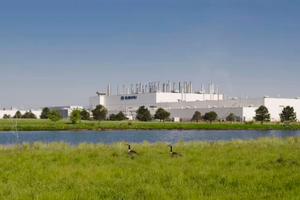



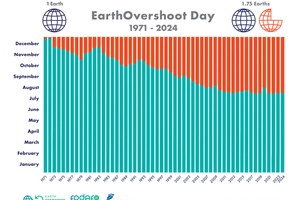
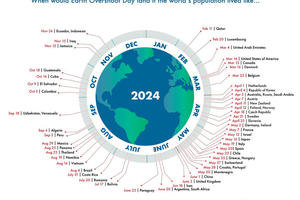
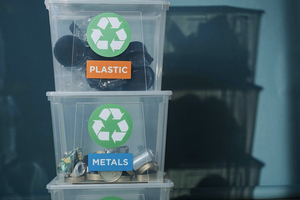
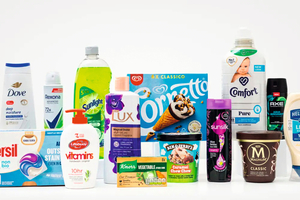
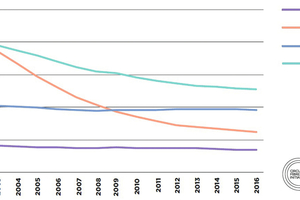
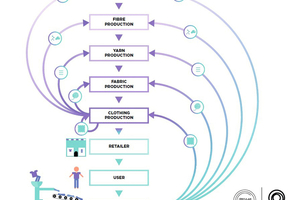
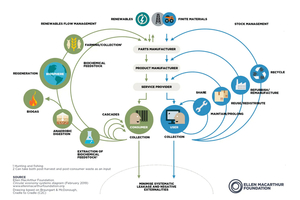
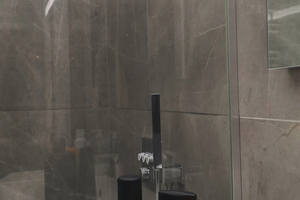
![12 Mismanagement of plastics [5]](https://www.recovery-worldwide.com/imgs/2/1/5/3/8/2/5/tok_82a5c207ce64eb040f90aebf924b35a2/w300_h200_x600_y332_12_Bild12_L__1_-8ce1b37aa444d0da.jpeg)

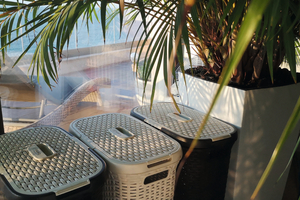
![15 Collection rates for container glass [8]](https://www.recovery-worldwide.com/imgs/2/1/5/3/8/2/5/tok_8d2cac0f2312d7edb9d76571dab98167/w300_h200_x600_y424_15_Bild15L_CGL-2021-Map-1-1800x1273__1_-adba384780380e4e.jpeg)

![17 Use of clothing in Europe [10]](https://www.recovery-worldwide.com/imgs/2/1/5/3/8/2/5/tok_5c7a5406f27c32013ba63539cf6bc38e/w300_h200_x600_y294_17_Bild17L_Exhibit24L-5957d5e07f023810.jpeg)
